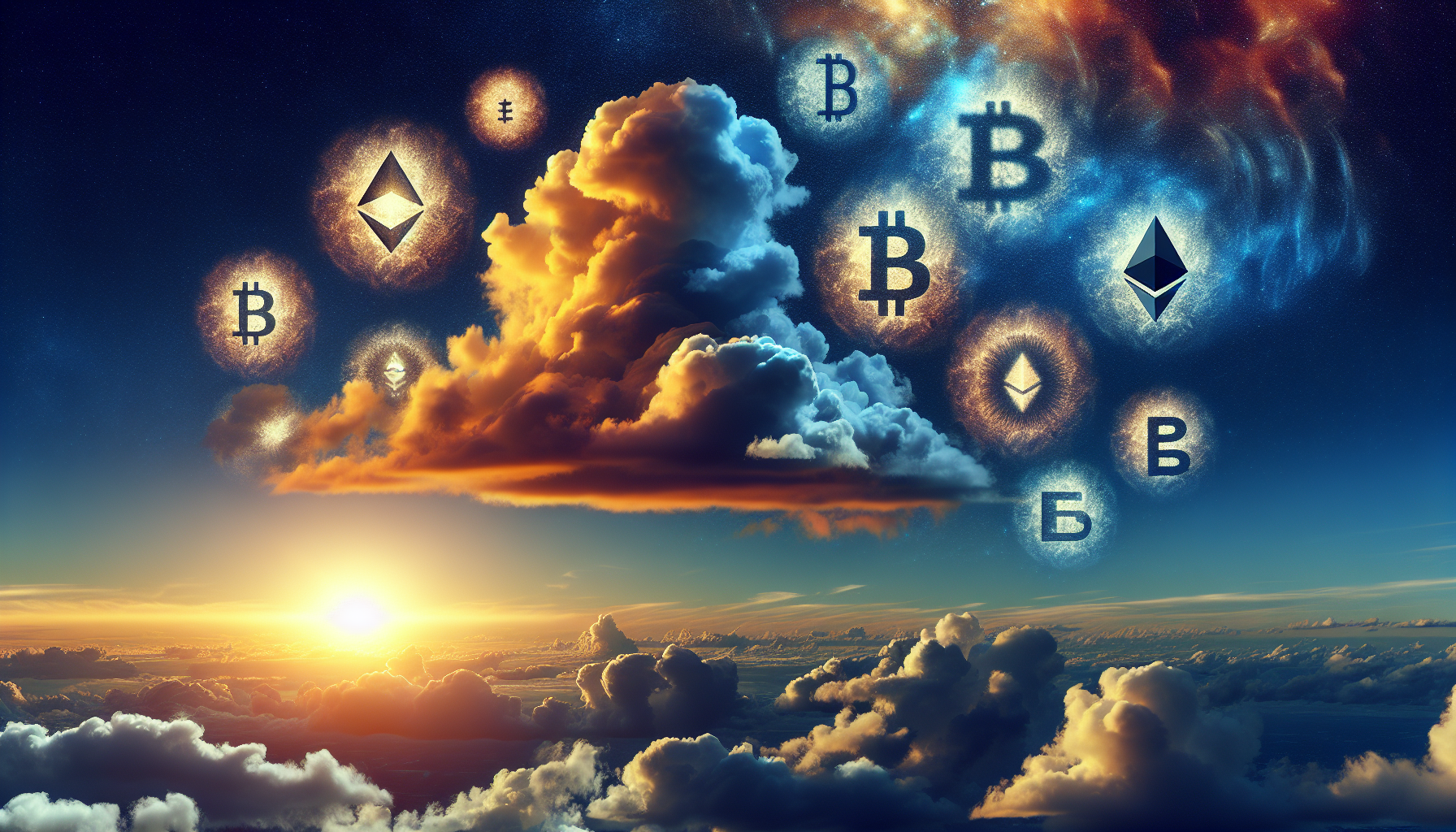
tl;dr
The metaverse is showing signs of a quiet resurgence, with NFT sales tied to virtual worlds increasing by 27% in August compared to July. Despite a slight drop in overall trading volume, the rise in sales indicates growing interest. Analysts view this as a potential turning point, with platforms l...
The metaverse, once a buzzword synonymous with speculative hype and sky-high valuations, is showing signs of a quiet comeback. In August, non-fungible token (NFT) sales tied to virtual worlds surged 27% compared to July, signaling a cautious but noticeable return of interest, according to DappRadar. While the $6.5 million in trading volume across metaverse platforms fell slightly short of July’s $6.7 million, the 13,927 sales marked a significant jump from the 10,900 transactions recorded the prior month. Analysts are reading this as a potential turning point—a “slow sneak back” into digital realms like Decentraland, Sandbox, and Otherside.
The metaverse’s heyday came in 2021 and 2022, when NFTs and virtual land sales reached fever pitch. But by 2023, enthusiasm waned, leaving many platforms to grapple with dwindling activity. Now, though, the numbers suggest a glimmer of hope. “The metaverse isn’t dead yet,” said DappRadar analyst Sara Gherghelas, noting that platforms are shifting focus from short-term speculation to long-term infrastructure.
For example, Sandbox—owned by Animoca Brands—held its largest-ever land auction in July, while Mocaverse, a Web3 ecosystem, is preparing to launch its Moca Chain testnet. Otherside, the Yuga Labs project behind Bored Ape Yacht Club, unveiled AI-powered tools for world-building in August, and Decentraland rolled out a major engine upgrade to enhance user experiences. Even HYTOPIA, a gaming-focused metaverse, replaced its TOPIA token with HYBUX and expanded its creator fund to support digital artists.
Yet, the road to recovery isn’t smooth. January still holds the title for highest sales this year at $7.7 million, and April and May saw trading volumes exceeding 19,000. August’s figures, while positive, remain modest. Gherghelas emphasized that platforms are prioritizing stability over rapid growth, investing in identity systems, tools for creators, and foundational infrastructure.
Beyond existing projects, new ventures are still in the works. Infinite Reality, an AI startup, acquired Napster in March with plans to build a music-focused metaverse. Meanwhile, Donald Trump’s DTTM Operations filed trademarks in February for a metaverse and NFT marketplace tied to his brand. These moves suggest that the metaverse’s appeal isn’t fading—it’s evolving, with a growing emphasis on practical applications and sustained value.
For now, the metaverse remains a work in progress. But as platforms refine their offerings and users gradually return, the virtual worlds of 2024 may look very different from those of 2022. Whether this resurgence leads to lasting growth or another cycle of hype and bust remains to be seen. One thing is clear: the metaverse isn’t gone—it’s just finding its rhythm again.